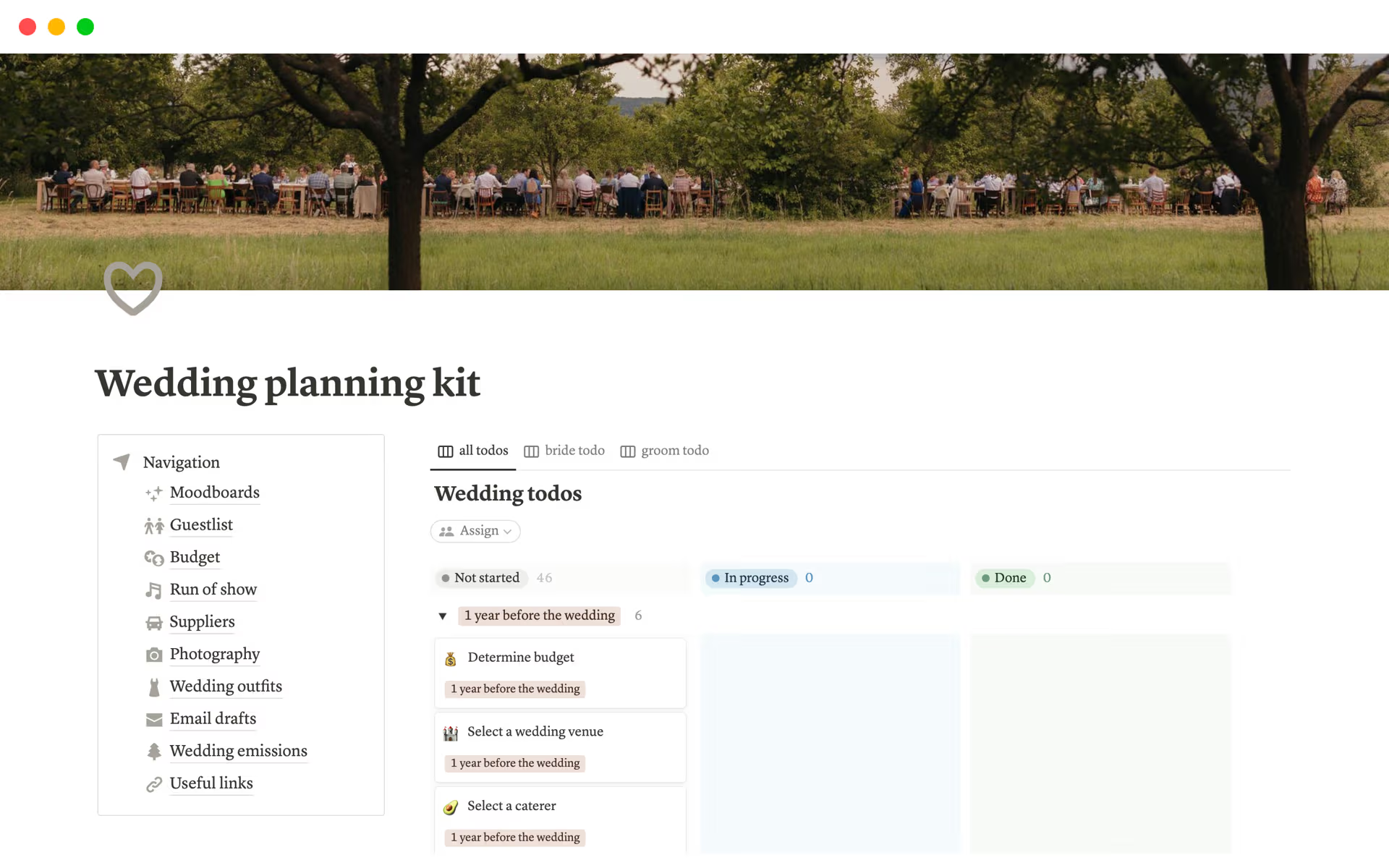Having a Timesheet is crucial for managing your time effectively, ensuring you stay on track with your tasks, and maintaining a healthy work-life balance. It allows you to record the hours spent on various activities, which is essential for productivity, billing clients accurately if you're freelancing, or simply for personal time management. A Timesheet template in Notion can streamline this process, providing structure and ease of use, so you can focus more on the tasks at hand rather than on the logistics of time tracking.
Before you start crafting your own Timesheet in Notion, consider exploring these Timesheet templates to make the process smoother and more efficient.
What Should Timesheet Templates Include?
Choosing the right timesheet template can streamline how you track hours and manage project timelines effectively. Here are key components to look for in a Notion timesheet template:
Intuitive Layout: The template should have a clear and easy-to-navigate design, allowing users to enter and review their hours without confusion.
Customizable Fields: Look for templates that allow you to modify fields to suit your specific project needs, such as adding or removing task categories.
Integration Capabilities: A good template should seamlessly integrate with other tools or platforms you're using, enhancing overall productivity and data consistency.
Automated Calculations: Ensure the template can automatically calculate total hours worked, overtime, and other relevant metrics to save time and reduce errors.
Selecting a template with these features will help ensure that your time tracking is as efficient and effective as possible.
What Should Timesheet Templates Avoid?
When selecting a timesheet template in Notion, it's important to be aware of certain features that might complicate or hinder your time tracking efforts. Here are three key components to steer clear of:
Overly Complex Layouts: Templates with too many sections or intricate designs can make data entry confusing and time-consuming. Opt for simplicity to enhance usability.
Non-Customizable Fields: Avoid templates that don't allow you to modify fields. Every business has unique needs, and your template should be able to adapt accordingly.
Limited Integration Capabilities: Ensure the template can integrate with other tools you use. A lack of integration can lead to manual data transfer, increasing the risk of errors.
Choosing the right template involves looking for one that simplifies time tracking, adapts to your needs, and integrates seamlessly with your other tools.










